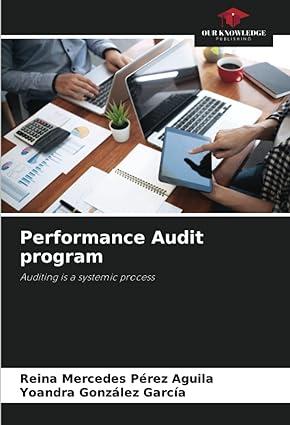Instructions. Make sure you are able to setup the Lagrangian, derive the first order conditions and solve for the optimal choice of the consumer. Don't forget that you are to write and explain everything you are doing. Show all your working - i.e. how you move from one step to the next. Math is only part of your answer. Remember to PDP your submission before uploading. 1. Section 5.6 (Choosing Taxes) of the textbook (Intermediate Microeconomics by Hal Varian) describes the different effects of quantity taxes and income taxes. Rewrite this analysis using the mathematical approach of constrained optimization which we learnt in class. Some tips: - Use the utility function u=ln(x1)+ln(x2). - Make sure you're able to derive the optimal choices of x1 and x2 in both scenarios, and compare them across the two scenarios. - Qualitatively explain the difference between the two scenarios. - You might use a simple numerical example if you wish to explain the result-that is, plugging in some sensible numbers for the exogenous variables. - Explain the intuition behind this finding. What this means is try to explain, in terms that my mother might understand, why this result is happening. Instructions. Make sure you are able to setup the Lagrangian, derive the first order conditions and solve for the optimal choice of the consumer. Don't forget that you are to write and explain everything you are doing. Show all your working - i.e. how you move from one step to the next. Math is only part of your answer. Remember to PDP your submission before uploading. 1. Section 5.6 (Choosing Taxes) of the textbook (Intermediate Microeconomics by Hal Varian) describes the different effects of quantity taxes and income taxes. Rewrite this analysis using the mathematical approach of constrained optimization which we learnt in class. Some tips: - Use the utility function u=ln(x1)+ln(x2). - Make sure you're able to derive the optimal choices of x1 and x2 in both scenarios, and compare them across the two scenarios. - Qualitatively explain the difference between the two scenarios. - You might use a simple numerical example if you wish to explain the result-that is, plugging in some sensible numbers for the exogenous variables. - Explain the intuition behind this finding. What this means is try to explain, in terms that my mother might understand, why this result is happening







